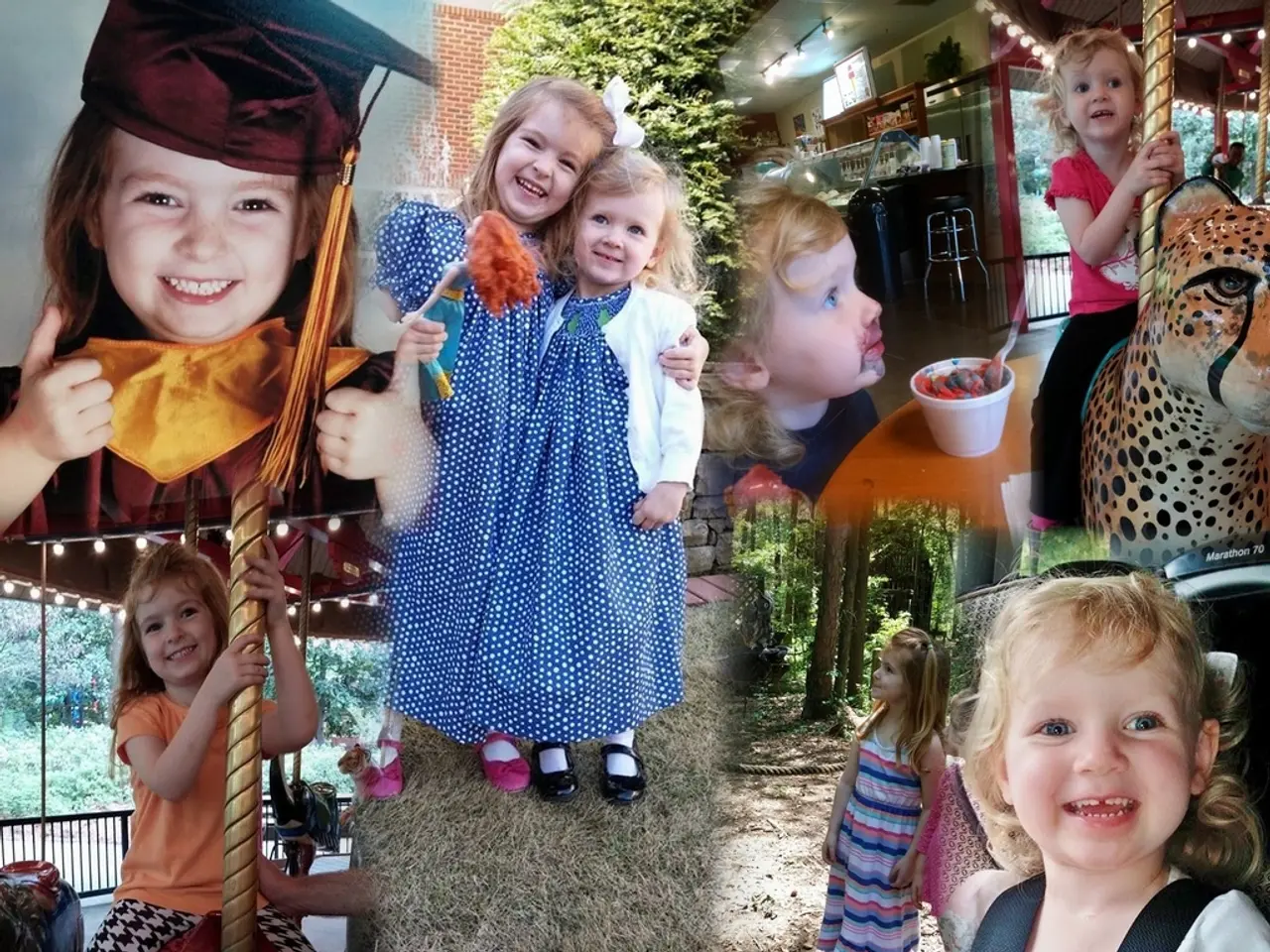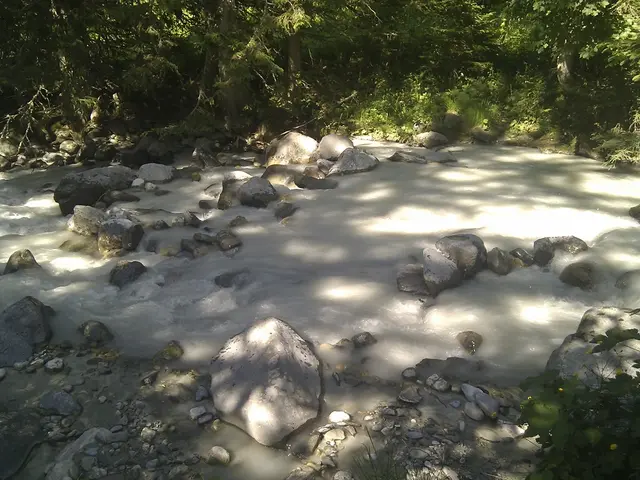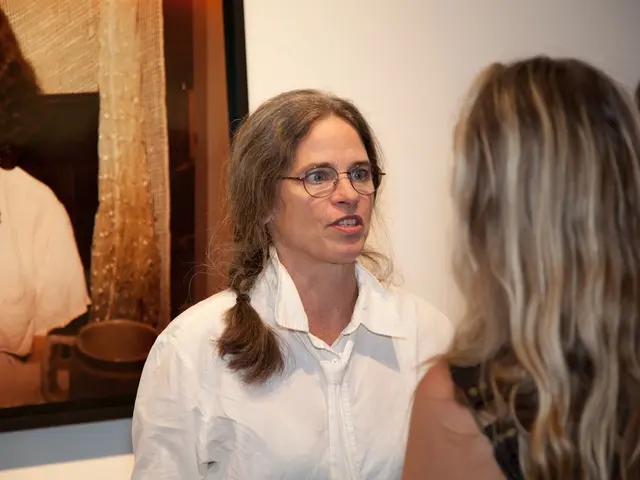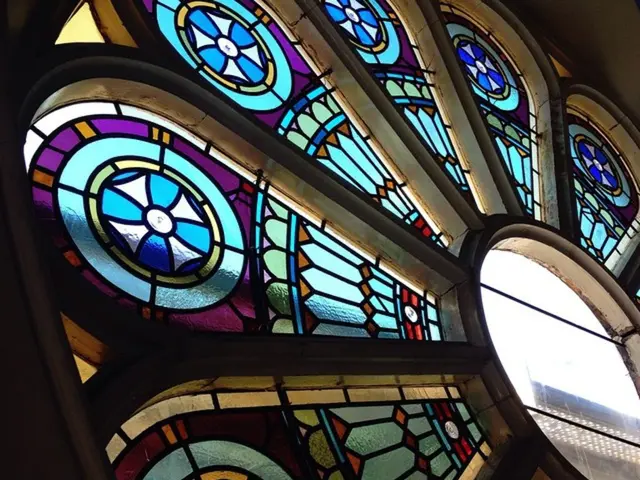Creating a Nature-Inspired Family Learning Center to Ignite Curiosity: 7 Innovative Concepts
Transforming Learning Spaces into Nature-Inspired Hubs
A new trend in education is transforming learning spaces into nature-inspired hubs, fostering a lifelong appreciation for learning and nature. Here's how this transformation is taking shape:
Creating Safe and Engaging Play Areas
Low climbing trees or horizontal branches are being installed for safe exploration, with safety zones added beneath using thick mulch, sand, or rubber mats. The play areas are further enhanced with sensory gardens featuring tactile varieties like lamb's ear, ornamental grasses, and textured bark trees. Natural obstacle courses are created using logs and stones, providing varied walking experiences.
Attracting and Observing Wildlife
To attract and observe wildlife, bird feeding stations are being built at various heights, observation logs created for recording behaviours, and butterfly gardens established with native flowers. Trail cameras with sound recording capabilities are being positioned near water sources, feeding areas, or known wildlife corridors.
Building a Garden Classroom
An effective garden classroom should establish raised beds with different plant varieties, including quick-growing vegetables for instant results and long-season crops to teach patience. Herb sections, butterfly gardens, clear mulched pathways, observation points for sketching, and water features like small ponds are also integral parts of the garden classroom.
Weatherproofing and Flexibility
Weatherproof audio equipment is being set up to capture nocturnal animal activities, and weather protection options for year-round learning include gazebos for complete weather protection and pergolas for partial coverage, both with living roofs. Modular outdoor furniture is being used to create flexible seating arrangements for different group sizes.
Nurturing a Lifelong Love for Nature
Future family learning space designs will focus on creating welcoming, multi-generational environments that promote sustainable practices and regional connections. This includes integrating elements like books, play areas, and relaxation zones with nature-themed activities to foster lifelong learning enthusiasm and reverence for nature among all family members.
Budget-Friendly and Space-Efficient
Creating a nature-inspired family learning hub doesn't require a massive budget or extensive yard space. For instance, an outdoor reading nook can be created on a budget using natural seating options like tree stumps and log benches, weather-resistant storage solutions, and strategically planted trees for shade.
Evolving Learning Environments
The best learning environments evolve naturally over time, fostering a lifelong appreciation for learning and nature. A family learning hub will grow and change as children develop new interests and skills. For example, large stones are being positioned as stepping stones, climbing challenges, or natural seating areas that double as rest stops during active play.
Investing in the Future
Investment in a nature-based learning space will pay dividends for years to come, fostering a lifelong appreciation for learning and nature. This includes installing raised bed gardens at child height so little hands can easily reach plants, and QR codes linking to audio samples so children can match recordings to species and track seasonal wildlife patterns.
A Unique Learning Experience
A family learning hub differs from traditional classrooms by incorporating natural elements like living walls, outdoor reading areas, and hands-on discovery stations. Wall-mounted cabinets with weatherproof seals are being installed inside covered learning spaces, and small benches or log seating are being installed where children can quietly watch metamorphosis stages and pollination behaviours.
Outdoor Art and Craft Zones
The best materials for outdoor art and craft zones are weatherproof containers for air-dry clay and natural sculpting materials, outdoor easels with waterproof storage for art supplies, and a wash station for easy cleanup. Built-in bench seating around gazebo perimeters is being installed to maximize covered space while providing storage underneath.
This transformation of learning spaces into nature-inspired hubs is not just a trend, but a movement towards a more connected, engaged, and sustainable future.








